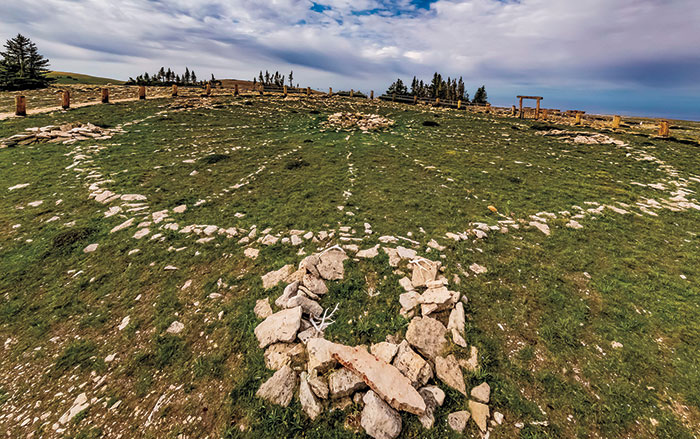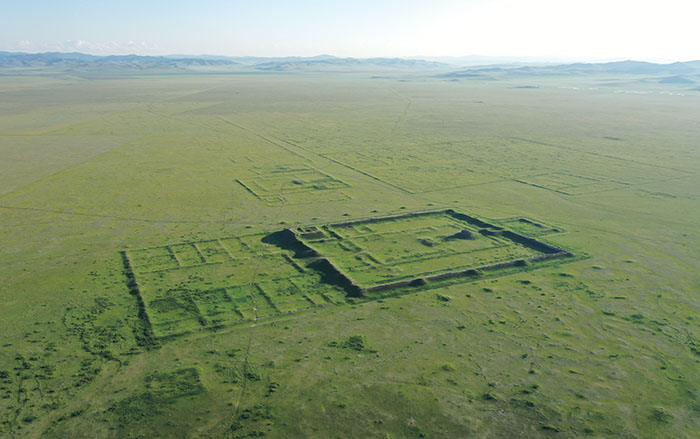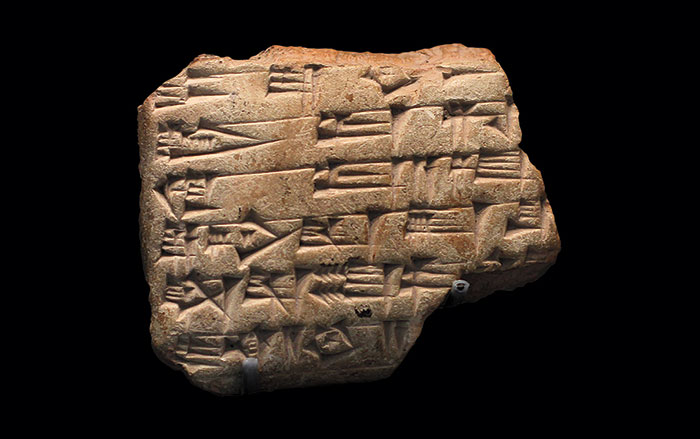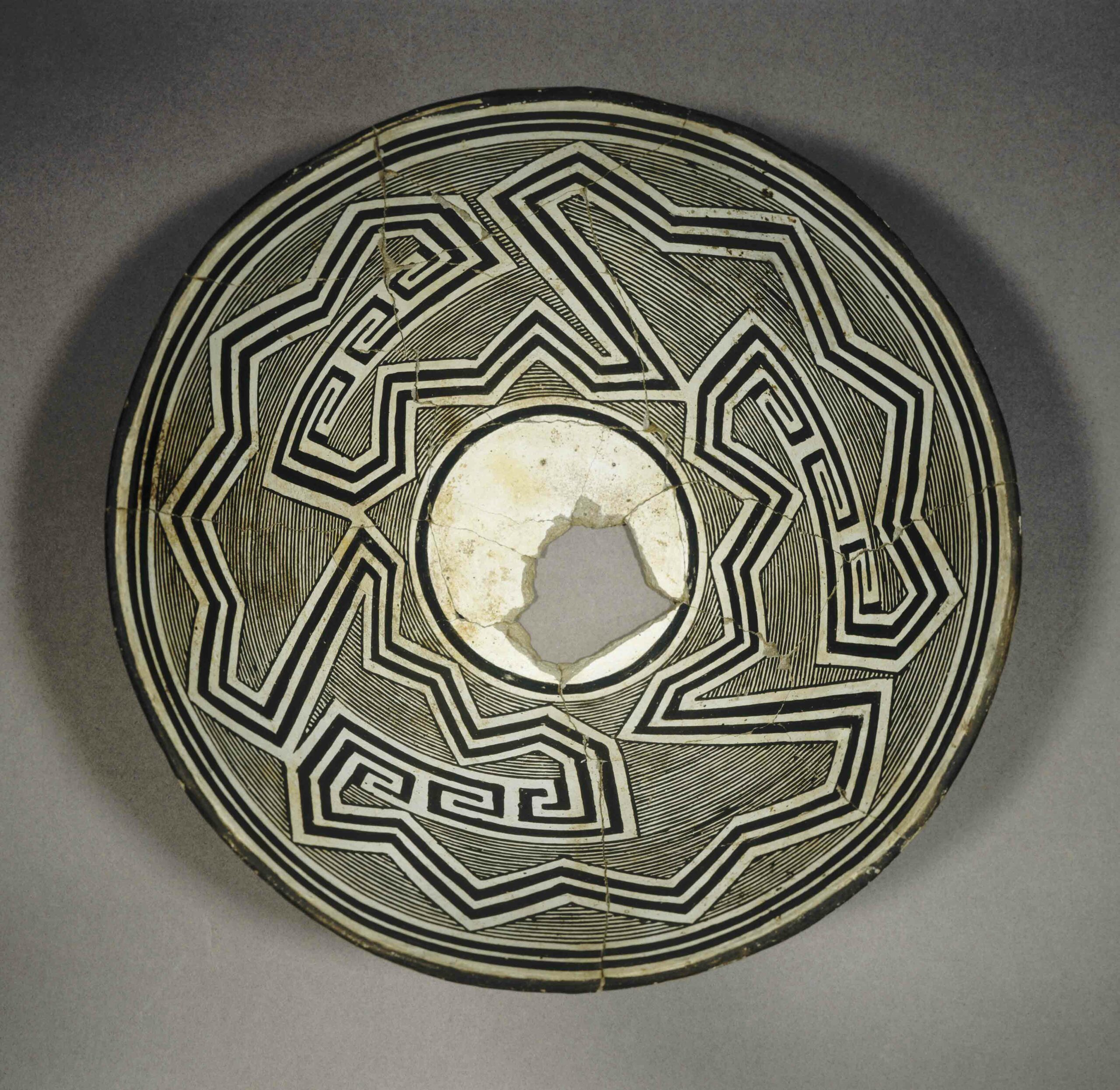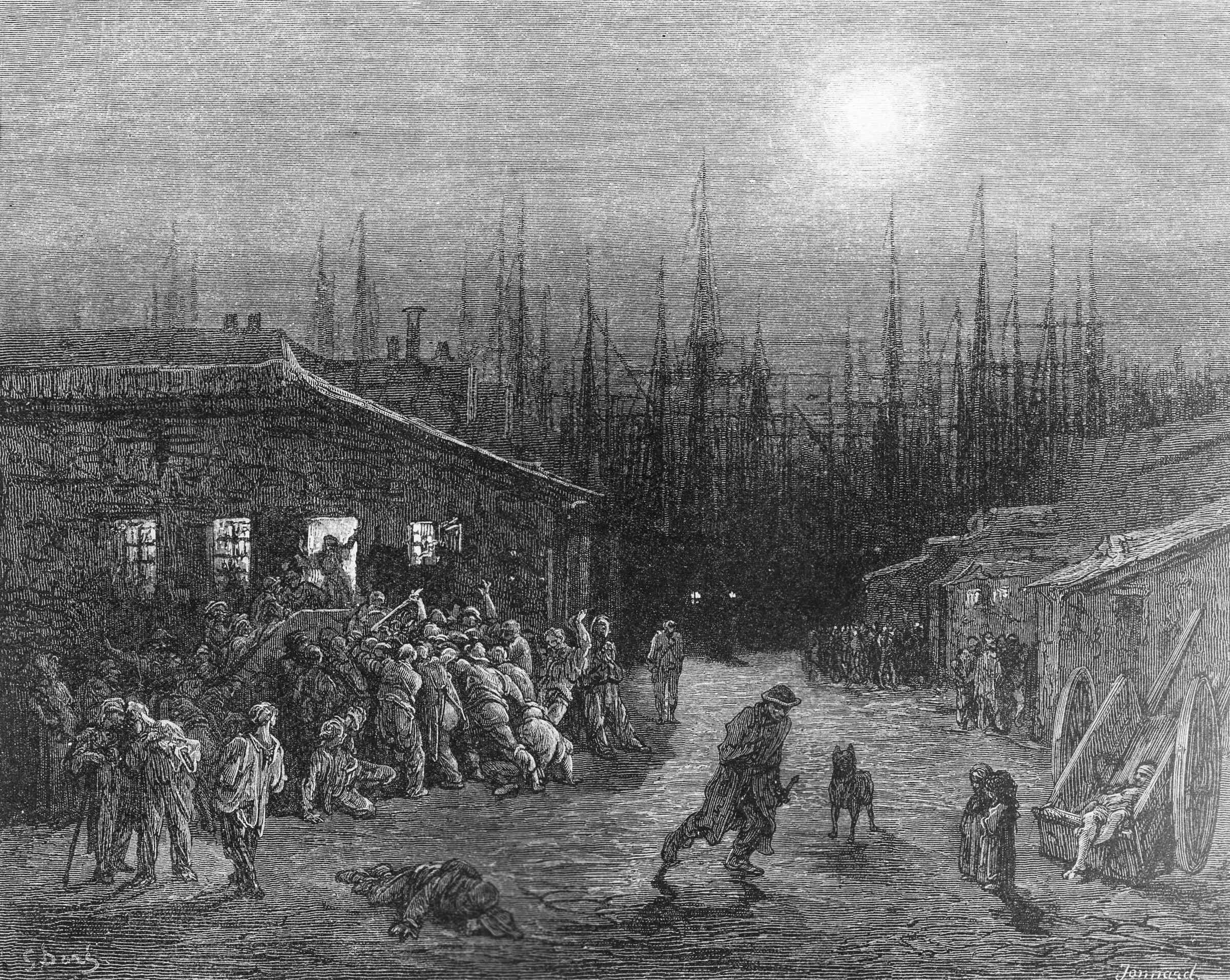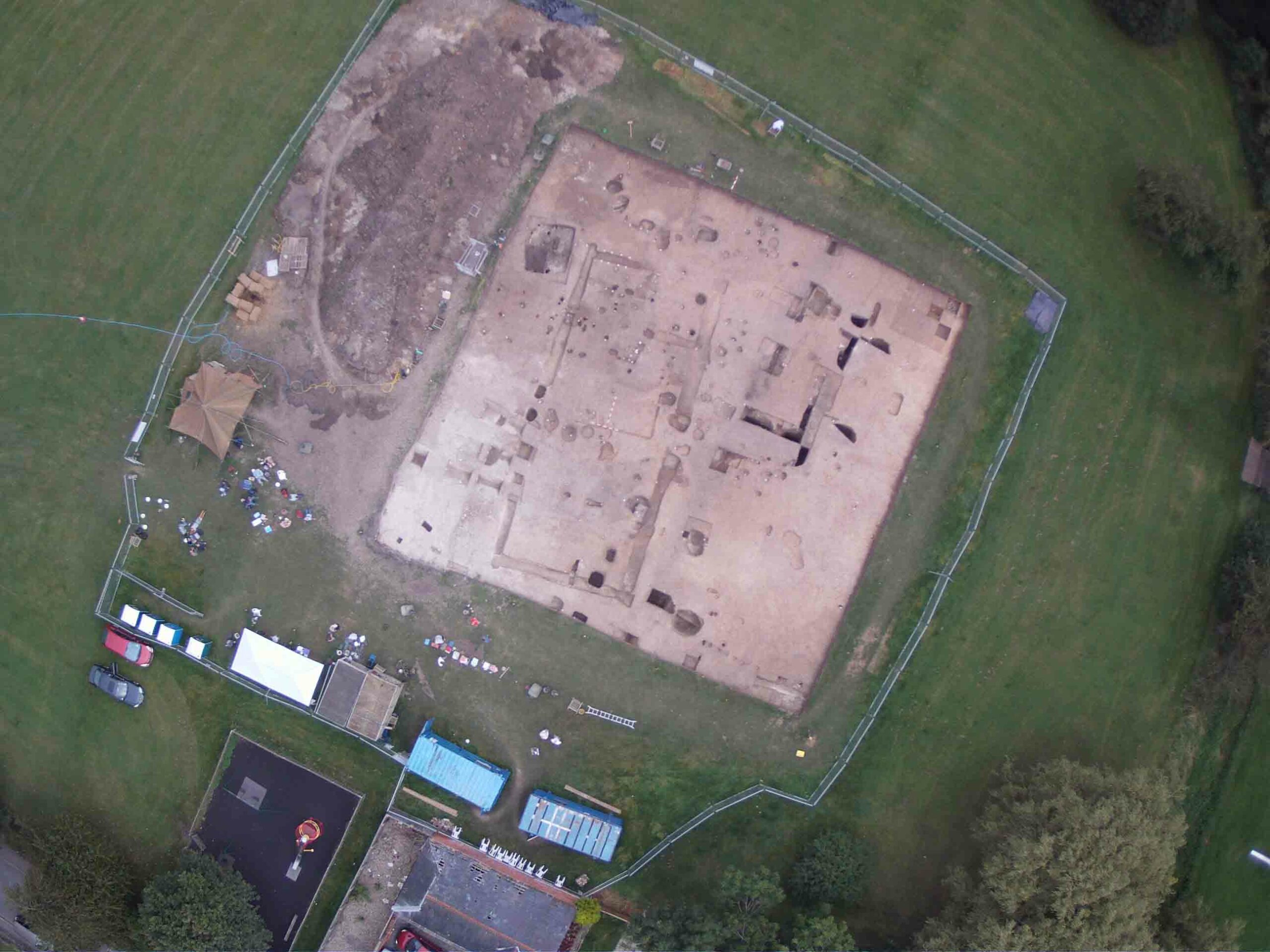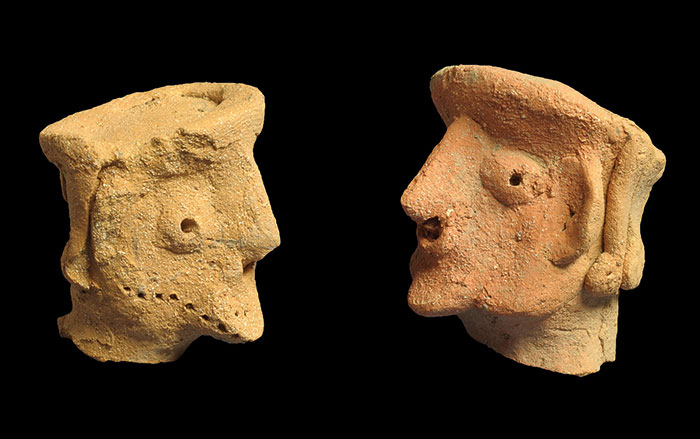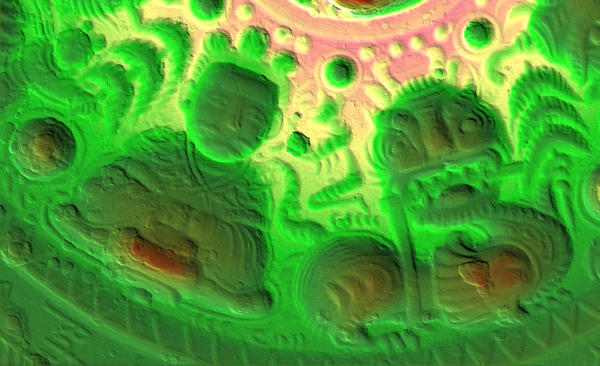
OKAYAMA, JAPAN—A Japanese archaeologist is using high-tech geographical information systems technology to better visualize so-called Kofun, keyhole-shaped burial mounds that were built from the A.D. third to seventh centuries throughout Japan. Recently, the archaeologist, Izumi Niiro has applied his techniques to a nearly 400-yard long mound with a more than 200-yard in diameter keyhole in it that dates back to the fifth century. “Our analysis shows that it was built using very precise procedures using Chinese shaku units of length," says Niiro, adding that one shaku is just short of 10 inches. He’s also examined an early third-century mirror, creating a 3-D scan that shows its triangular rims as well as depictions of a Japanese deity and a creature sitting next to it.


